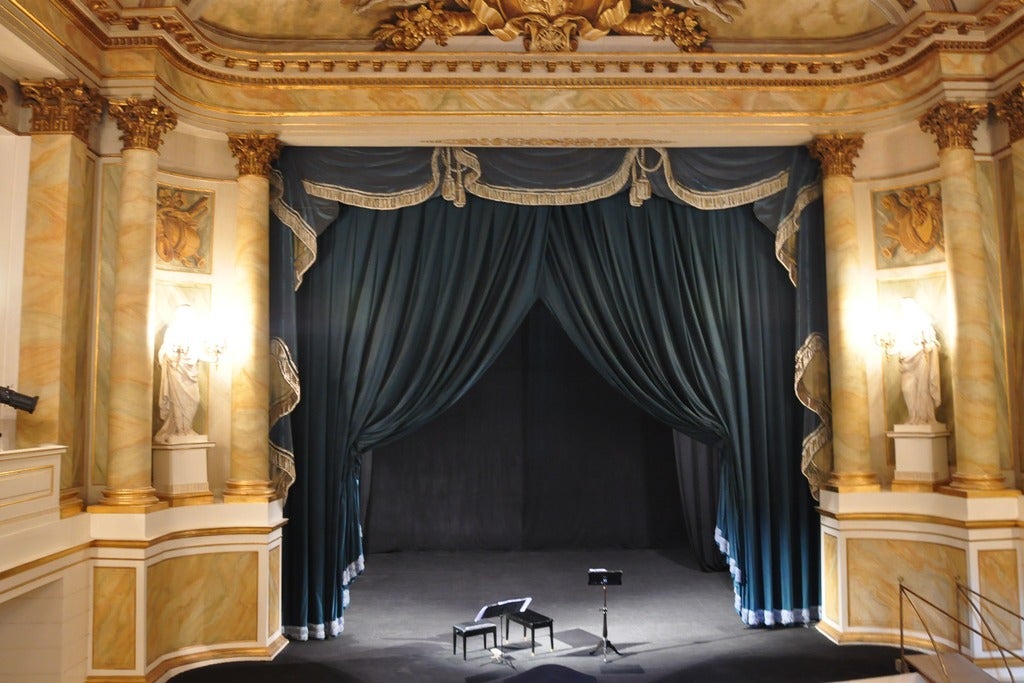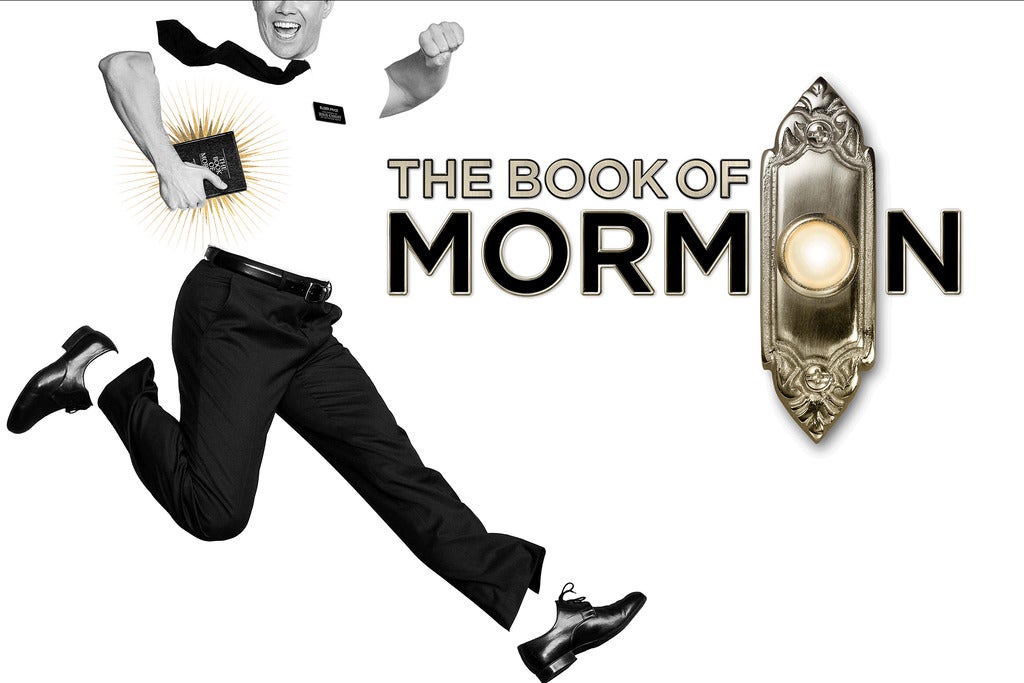BACH-SCHOENBERG St. Anne Prelude and Fugue
BACH Motet No. 1, Singet dem Herrn ein neues Lied
MAHLER Symphony No. 5
Arnold Schoenberg was a dominant yet controversial twentieth-century composer. It is often noted that his lasting influence was not due to his music but rather to his development of the 12-note chromatic scale. During his career, Schoenberg arranged several works by Johann Sebastian Bach. Bach’s Prelude and Fugue, also called St. Anne, is one such piece. The original Bach composition came from his Clavier-Übung, a book of organ exercises. Schoenberg’s full orchestration creates an entirely new experience.
1685 saw the birth of Johann Sebastian Bach, a third-generation member of the Bach family descended from Hans Bach. The male descendants of this family tree were all professional musicians. Johann Sebastian was no different; it could even be said that he was a “concentrated” family member with even stronger musicality and musicianship than other members of his family. The Bach family passed on their music tradition amongst themselves, teaching the children early, as a game. Johann Sebastian’s father passed away when he was ten years old, leaving him to be educated by a brother. When he was fifteen, Johann Sebastian joined a church choir and earned his education by singing at the church. Throughout his life, his musical work was dedicated to God. For this program, the Dayton Philharmonic Chamber Choir will perform Bach’s Motet No. 1, Singet dem Herrn ein neues Lied (“Sing unto the Lord a new song”). The motet was a much-used choral form in Bach’s time. This work, as is much of Bach’s choral work, demands a great deal from its singers but delivers almost rapturous beauty to its audience.
“To write a symphony, for me, is to construct a world.” So stated Gustav Mahler. Conductor Neal Gittleman and the Dayton Philharmonic Orchestra will bring the world of Mahler’s Fifth Symphony to the Schuster Center stage. Although Mahler finished the symphony in 1901, he continued to revise the orchestration after each performance until 1909! This symphony is also referred to as the Giant because of its size, even though this is not as large as some of his other symphonies. The composer did not provide a program for performances because he wanted the music to speak for itself—for the symphony to exist as the music—no story, no purpose but the music. It does just that. From the Trumpet Call in Part I to the Rondo-Finale, the music moves effortlessly from mood to mood—somber to energetic, thoughtful to full of good cheer. You’ll find it difficult not to jump to your feet at the close.
Cast and Creative team for Mahler's Fifth at Benjamin and Marian Schuster Performing Arts Center
DAYTON PHILHARMONIC CHAMBER CHOIR
DAYTON PHILHARMONIC ORCHESTRA
February’s performance by the Dayton Philharmonic Orchestra and the Dayton Philharmonic Chamber Choir features three sensational works.
Videos
 |
Ghost: The Musical
La Comedia (1/10 - 2/9) DAYTON PREMIERE
PHOTOS
| |

|
Jersey Boys
La Comedia (2/13 - 3/23) | |

|
Fledermaus Unmasked
Roger Glass Center for the Arts (4/25 - 4/26) | |

|
A Distinct Society
The Human Race Theatre Company (2/5 - 2/16) | |

|
Matilda The Musical
La Comedia (6/26 - 8/10) | |

|
Legally Blonde: The Musical
La Comedia (9/18 - 10/26) | |

|
The Book of Mormon
Winsupply Theatre (3/25 - 3/29) | |

|
MJ: The Musical
Schuster Center (6/24 - 6/29) | |
| VIEW SHOWS ADD A SHOW | ||
Recommended For You



